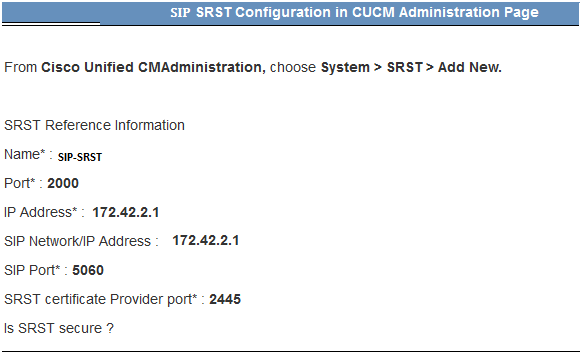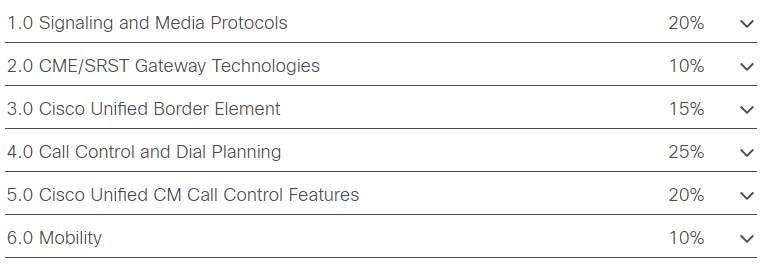

The image name appears in parentheses followed by the Cisco IOS Software release number and release name. If the device is running Cisco IOS Software, the system banner displays text similar to Cisco Internetwork Operating System Software or Cisco IOS Software. To determine which Cisco IOS Software release is running on a Cisco product, administrators can log in to the device, use the show version command in the command-line interface, and then refer to the system banner that appears. Note: In cases where SIP is running over TCP transport, a TCP three-way handshake is necessary to exploit this vulnerability.ĭetermining the Cisco IOS or IOS XE Software Release This vulnerability can be exploited with SIP over IPv4 or IPv6. Only traffic destined to the device can trigger the vulnerability transit SIP traffic is not an exploit vector. This vulnerability is triggered when a device that is running Cisco IOS, IOS XE, or Cisco Unified Communications Manager Software processes malformed SIP messages. Instead, it is recommended that administrators use the show processes | include SIP command to determine whether the device is processing SIP messages. Note: Because there are several ways that a device running Cisco IOS Software can start processing SIP messages, administrators are advised not to rely on the presence of specific configuration commands. In the following example, the presence of the processes CCSIP_UDP_SOCKET or CCSIP_TCP_SOCKET indicates that the Cisco IOS device will process SIP messages:ġ49 Mwe 40F48254 4 1 400023108/24000 0 CCSIP_UDP_SOCKETġ50 Mwe 40F48034 4 1 400023388/24000 0 CCSIP_TCP_SOCKET !In addition to inspecting the Cisco IOS device configuration for a dial-peer command that causes the device to process SIP messages, administrators can also use the show processes | include SIP command to determine whether Cisco IOS Software is running the processes that handle SIP messages. An example of an affected Cisco IOS or IOS XE Software configuration follows:

In addition, several features in Cisco Unified Communications Manager Express, such as ePhones, will also automatically start the SIP process when they are configured, causing the device to start processing SIP messages. Support team for assistance in upgrading to a supported release of CiscoĬreating a dial peer by issuing the dial-peer configuration command will start the SIP processes, causing the Cisco IOS device to process SIP messages.

Unified Communications Manager 8.x releases should contact their Cisco The End-of-Software-Maintenance milestone on July 26, 2015. Note: Cisco Unified Communications Manager release 8.x reached Cisco Unified Communications Manager 11.x.Cisco Unified Communications Manager 10.x.



 0 kommentar(er)
0 kommentar(er)
